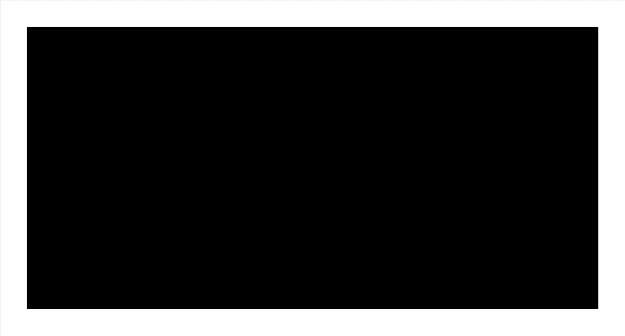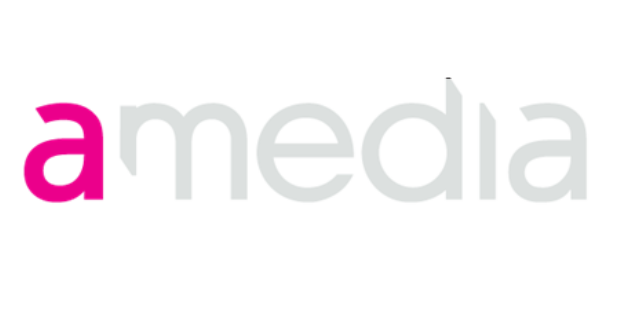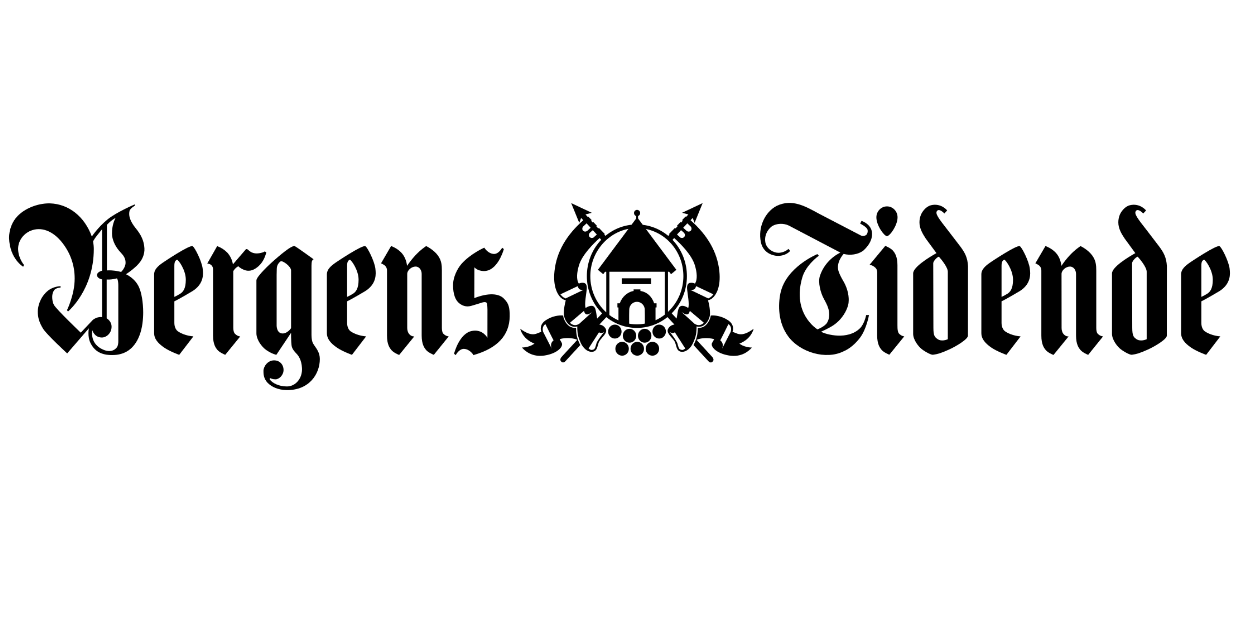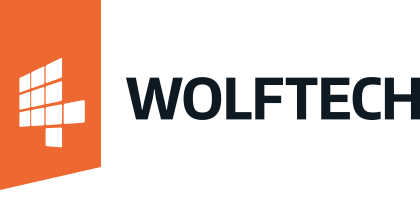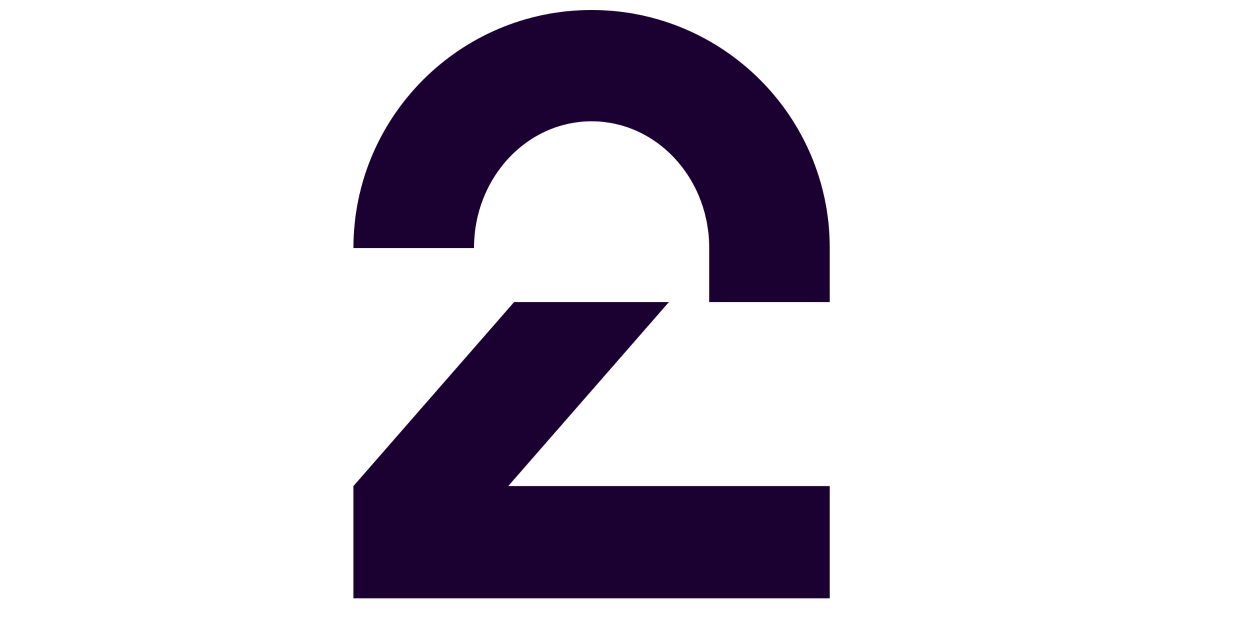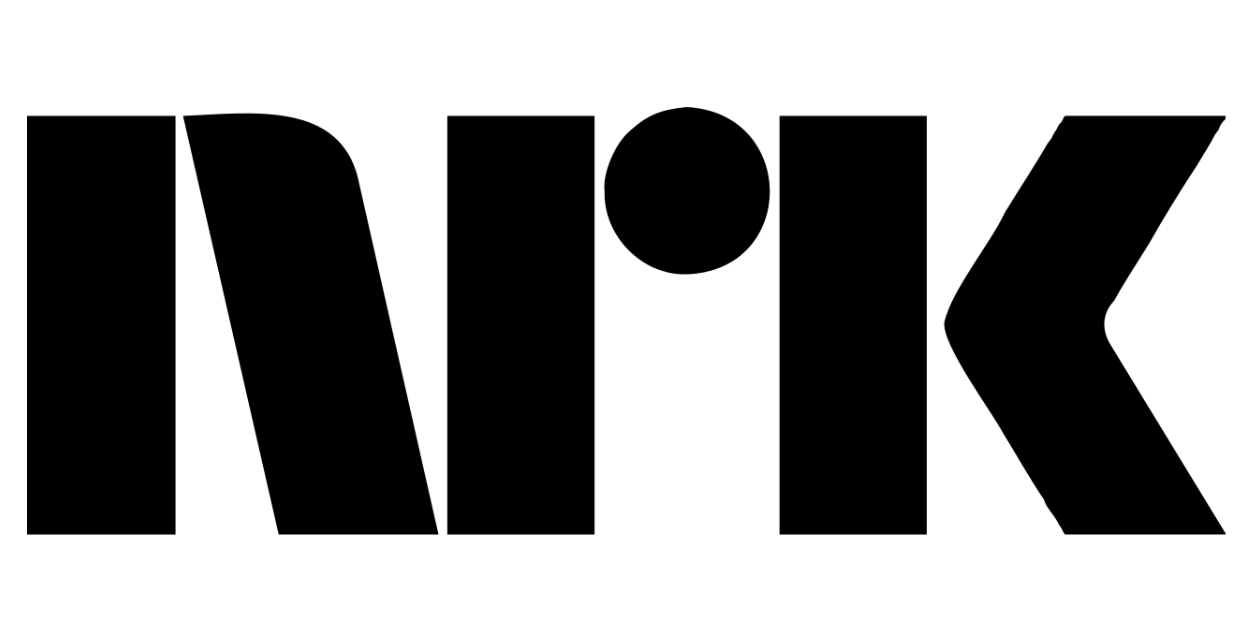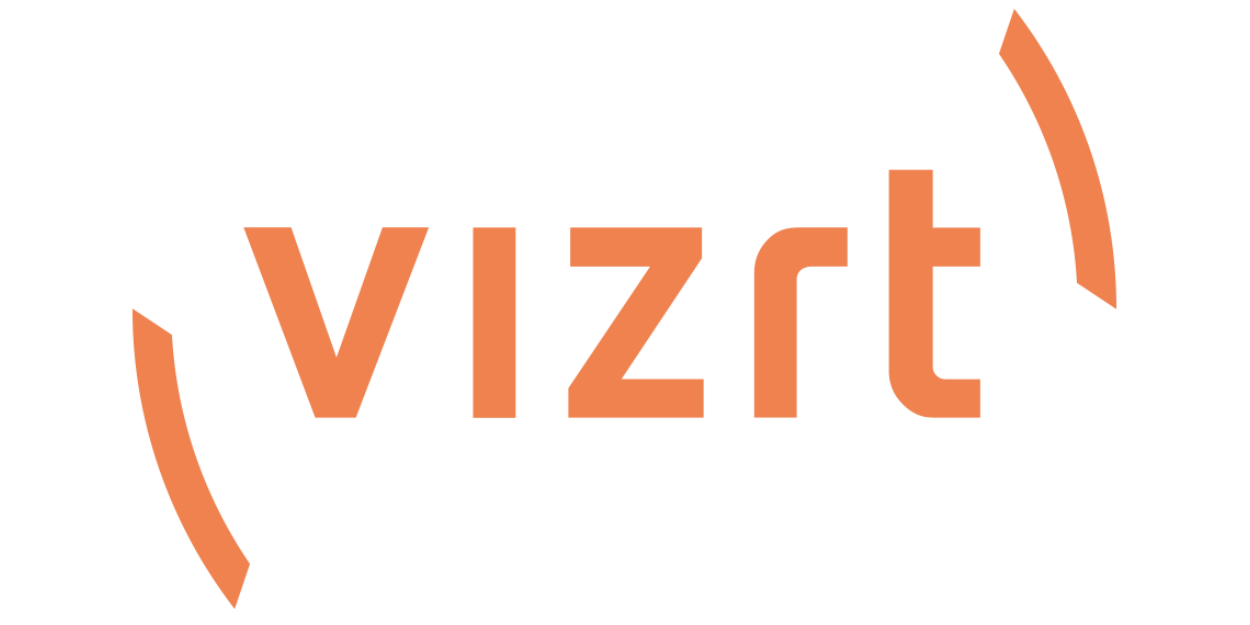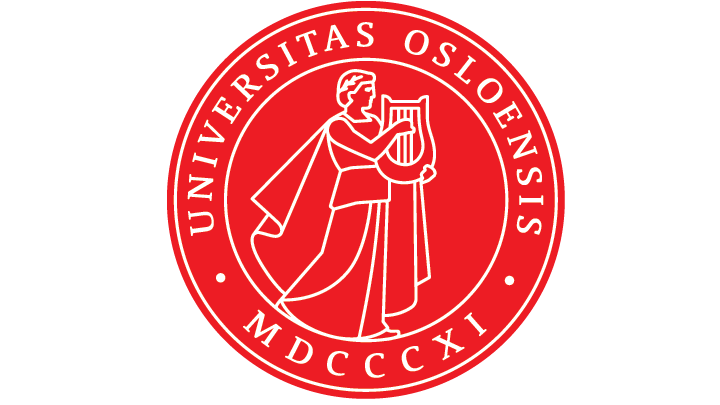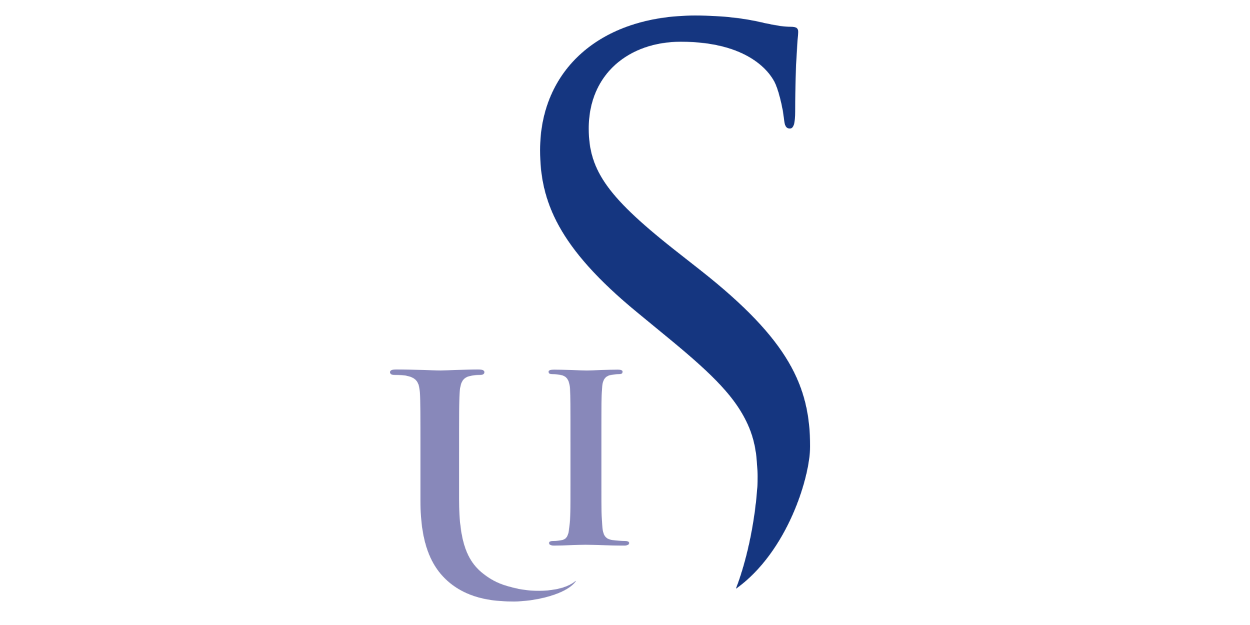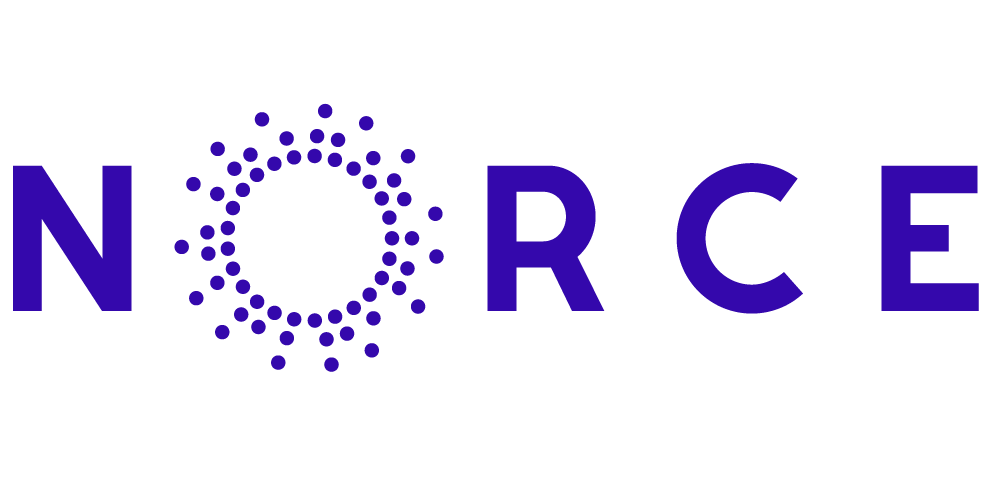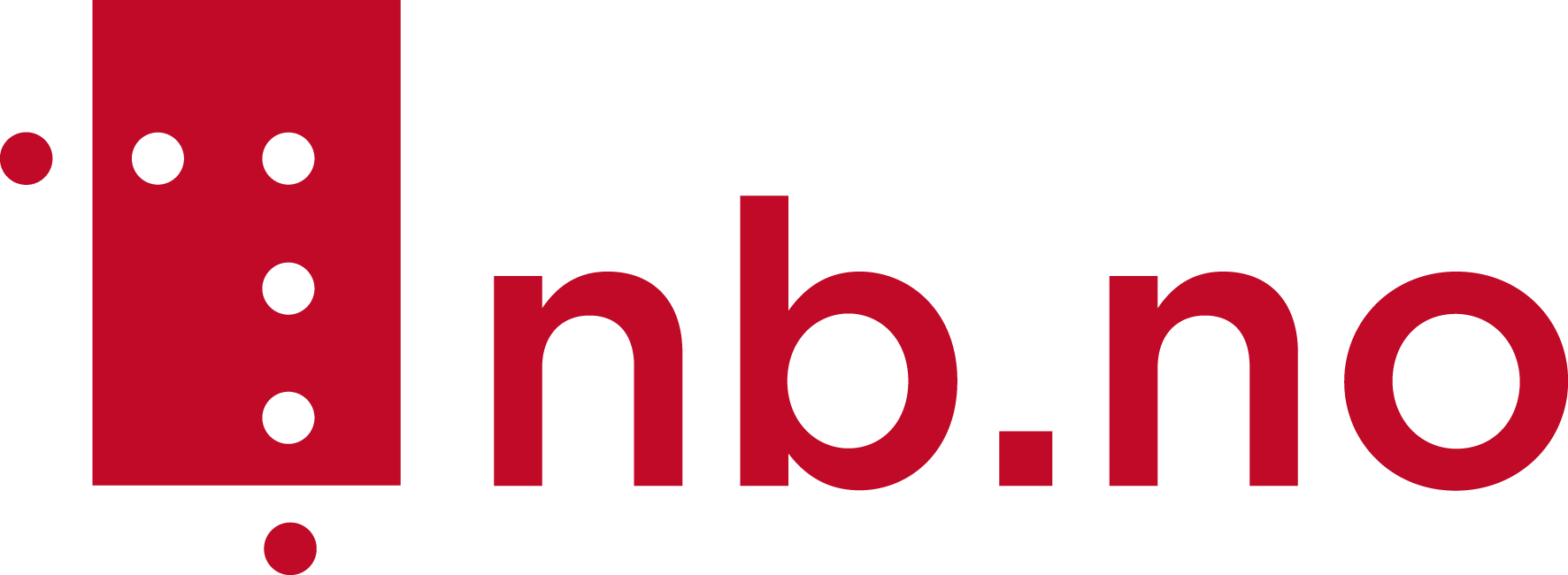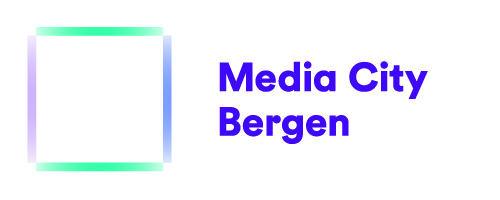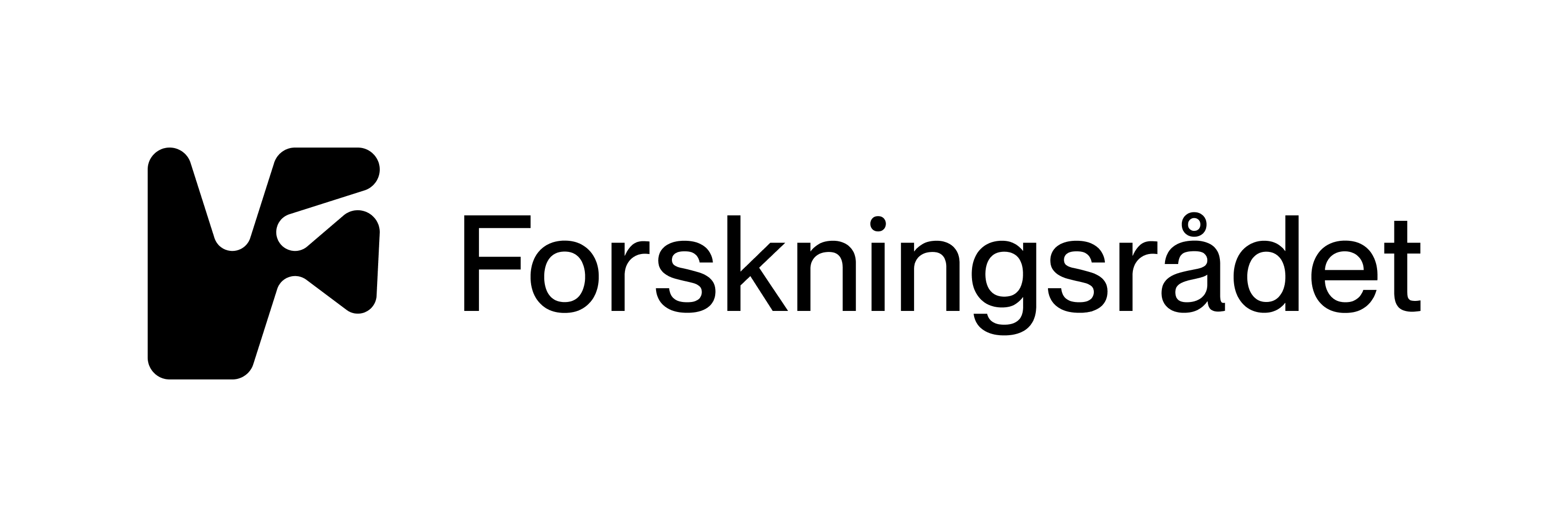@article{Sjøvaag2020,
title = {Strategic and Organisational fit in Corporate News Markets: A Principal-agent Approach to Studying Newspaper Mergers},
author = {Helle Sjøvaag and Thomas Owren and Turid Borgen},
url = {https://www.tandfonline.com/doi/epub/10.1080/17512786.2020.1772097?needAccess=true},
doi = {https://doi.org/10.1080/17512786.2020.1772097},
year = {2020},
date = {2020-05-20},
journal = {Journalism Practice},
pages = {1-18},
abstract = {This article analyses strategic and organisational fit in corporate newspaper mergers in the context of the digitalisation of local newspaper markets. Using the 2019 acquisition of Nordsjø Media by Amedia in Norway as case, we analyse how eight editors-in-chief perceive the process of incorporating small, low-frequency, print-oriented monopolistic newspapers into one of Scandinavia’s largest newspaper chains. The semi-structured interviews were analysed in light of perceived strategic and organisational fit in a principal-agent theoretical framework, the aim of which is to shed light on corporate ownership effects in consolidated newspaper markets. The analysis reveals the precarity of independent ownership in digitising news markets, to which corporatisation emerges as a necessary and welcomed solution. We find the strategic fit as perceived by editors to be tied to technological resources and scale economics, while organisational fit is hampered by the speed and pressure of corporatisation processes. While these results largely support findings from previous acquisition studies in the news industries, the contribution of this analysis lies primarily with the necessity of scale required by the technological transformation that forces independent newspapers to submit to larger chain operations and how it influences considerations of fit in disruptive digital news markets.},
note = {Pre SFI},
keywords = {Agency Theory, Editor in chief, Local journalism, Media ownership, Mergers and acqusitions, News markets, News organisations, Newspaper chains, WP2: User Modeling Personalization and Engagement},
pubstate = {published},
tppubtype = {article}
}
